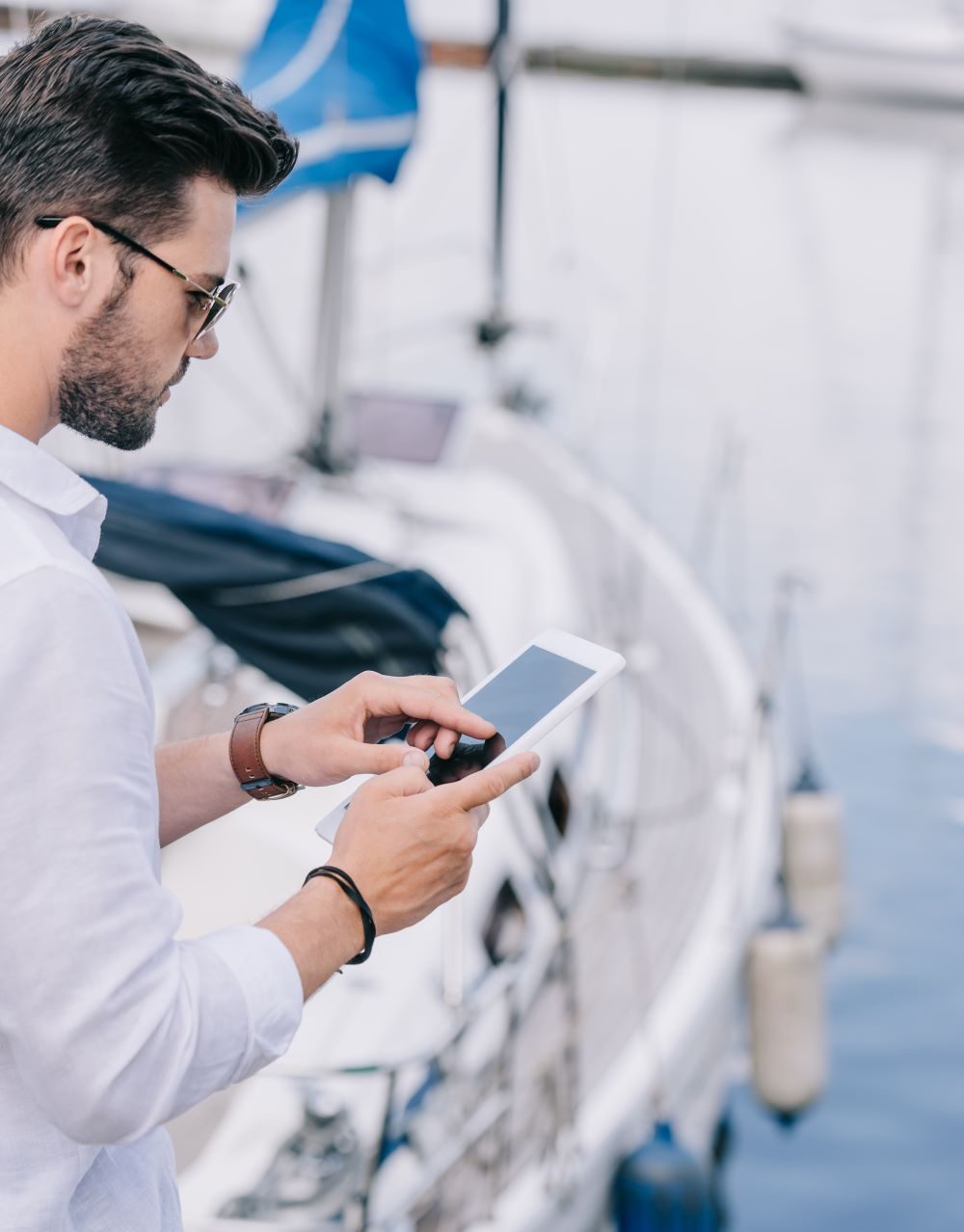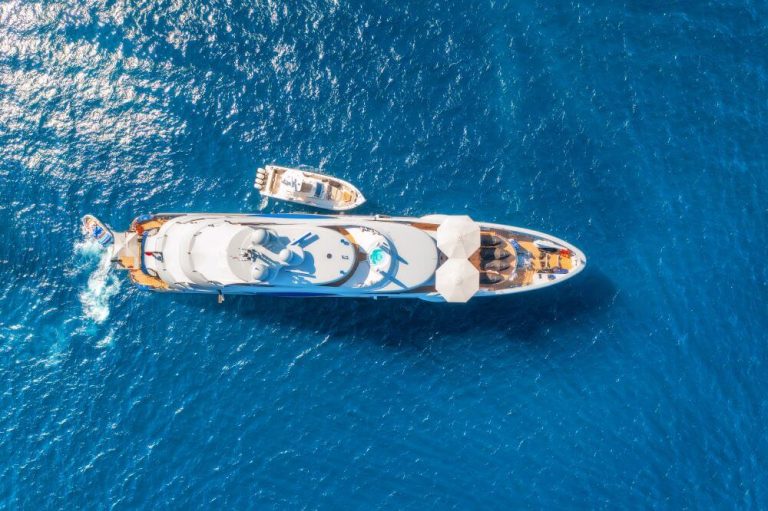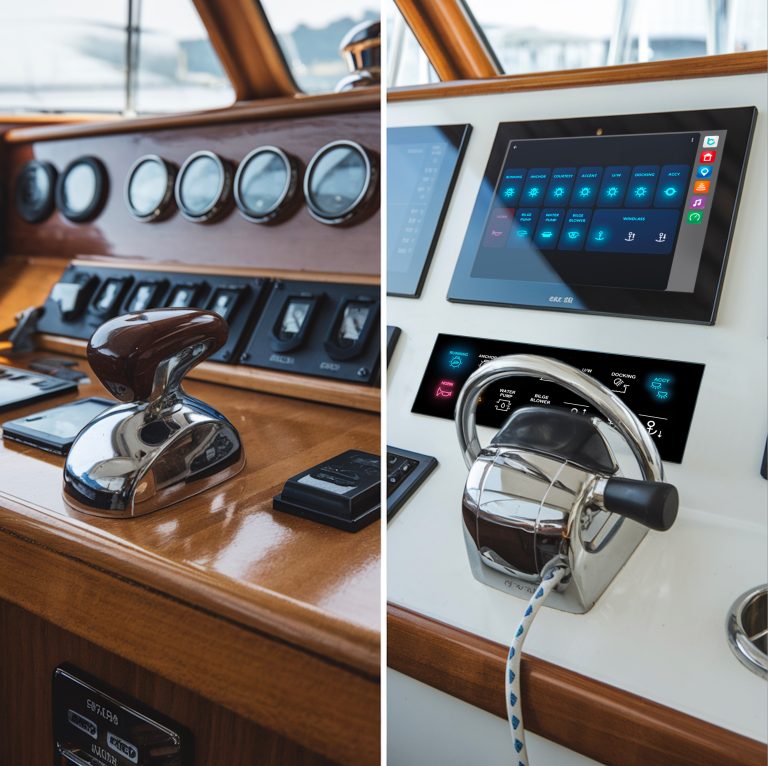The marine industry is undergoing a profound transformation as the Internet of Things (IoT) reshapes how vessels operate. IoT integration is revolutionizing onboard systems by connecting devices and enabling real-time communication between them. This technology is turning traditional boats into smart ecosystems, where lighting, navigation, safety equipment, and more can be managed effortlessly. Whether you own a luxury yacht, operate a commercial vessel, or captain a fishing boat, IoT integration offers unmatched convenience, safety, and efficiency.
As IoT gains traction across industries, its impact on marine technology is particularly profound. With systems that monitor, control, and optimize onboard functions, IoT is simplifying complex operations while enhancing the overall boating experience. This integration isn’t just a technological upgrade; it’s a paradigm shift.
What Does IoT Integration Mean for Marine Technology?
IoT integration in the marine industry connects essential onboard systems to centralized systems or mobile applications. By allowing these systems to communicate and share data, IoT integration ensures that boat owners and operators have complete control over their vessels. For example, sensors can monitor water levels, engine performance, and battery health, transmitting this data in real-time to a central interface.
This seamless flow of data enables users to make informed decisions, whether they’re on the vessel or managing it remotely. A yacht owner, for instance, can prepare their vessel for a weekend trip by adjusting the lighting and air conditioning through a smartphone app. Similarly, a commercial vessel operator can detect potential engine issues and address them before they escalate into costly problems.
IoT integration isn’t just about control; it’s about creating a smarter system that anticipates needs and automates routine tasks. The ability to monitor and manage systems from anywhere—whether onboard, dockside, or miles away—represents a fundamental shift in how vessels are operated and maintained.
How IoT is Transforming Marine Systems
The impact of IoT in marine technology extends beyond simple remote access. It creates a cohesive network where systems work together to enhance functionality. For example:
Navigation systems can integrate with weather data to optimize routes.
Pumps can activate automatically when sensors detect high water levels.
Lights can adjust based on time or occupancy, improving energy efficiency.
These capabilities highlight how IoT integration transforms everyday operations into seamless processes, reducing the burden on crews and enhancing user experiences.
Real-time monitoring is another critical feature of IoT integration. Sensors onboard collect and transmit data on key performance indicators, such as engine temperature, battery levels, and water intrusion. This data is then analyzed to provide actionable insights, allowing operators to address issues proactively. For instance, detecting low battery levels in advance can prevent system failures during critical moments.

Real-World Applications of IoT Integration
Luxury yachts, commercial vessels, and fishing boats all benefit from IoT integration in unique ways. On luxury yachts, IoT enables owners to control ambiance settings like lighting and climate remotely, ensuring ultimate comfort. Fishing boats leverage IoT to automate bilge pumps and monitor engine health, reducing downtime and enhancing safety. Commercial vessels, which often manage complex systems, benefit from centralized control, allowing crews to operate more efficiently.
These applications illustrate the versatility of IoT integration. It’s not limited to one type of vessel or use case; it’s a technology that adapts to the unique needs of every user.
The Benefits of IoT Integration
The advantages of IoT integration extend across convenience, safety, efficiency, and customization. For boat owners, the ability to monitor and control systems remotely simplifies operations, while automation reduces repetitive tasks. IoT also enhances safety by providing real-time alerts for potential issues, such as water intrusion or engine malfunctions. Energy efficiency is another key benefit, with IoT systems optimizing power usage to reduce waste. Additionally, IoT systems can be customized to meet individual preferences, offering tailored solutions for every vessel.
For manufacturers and service providers, IoT integration streamlines maintenance by enabling predictive diagnostics. This reduces downtime and extends the lifespan of onboard systems, adding value for end users.
The Future of IoT in Marine Technology
As IoT technology evolves, its applications in the marine industry will expand. Artificial intelligence (AI) is expected to play a significant role, enabling predictive maintenance and automated decision-making. Fleet management systems will become smarter, allowing operators to monitor and control multiple vessels from a single interface. IoT’s integration with external data sources, such as tidal and weather information, will further enhance navigation and safety.
The future of IoT in marine technology is not just about smarter systems; it’s about creating an interconnected ecosystem that revolutionizes the way we interact with the sea.
Durability has improved significantly, with advanced materials ensuring longevity even in extreme conditions. Functionality has also expanded, with features like programmable controls, IoT integration, and app connectivity becoming standard. Modern panels are also easier to maintain, with modular designs like Barantech’s Cruzo Relay Pack, allowing for quick replacements and upgrades.

How Barantech is Leading the Way
Barantech is at the forefront of IoT integration in marine technology, providing innovative solutions that redefine onboard control and connectivity. The Cruzo Connect Mobile App and Cruzo Glass Panel are central to Barantech’s offerings, turning traditional switch panels into intelligent systems.
The Cruzo Glass Panel serves as the control center for IoT-enabled systems, integrating seamlessly with modern and legacy vessels. Its sleek design, marine-grade durability, and centralized control capabilities make it a standout choice for both yacht owners and commercial operators.
Complementing the panel is the Cruzo Connect Mobile App, which allows users to manage onboard systems remotely. Whether adjusting lighting, monitoring engine health, or receiving real-time alerts, the app ensures that users are always in control. With plug-and-play compatibility and secure connectivity, Barantech’s solutions make IoT integration effortless.
By combining advanced technology with user-friendly interfaces, Barantech is shaping the future of marine IoT, empowering users to operate their vessels with greater ease and efficiency.
Charting a Smarter Course for the Future
IoT integration is revolutionizing the marine industry, offering smarter, safer, and more efficient solutions for vessels of all types. By connecting onboard systems, automating routine tasks, and providing real-time insights, IoT transforms traditional operations into seamless experiences. Barantech’s innovative products exemplify this transformation, setting a new standard for marine technology.





